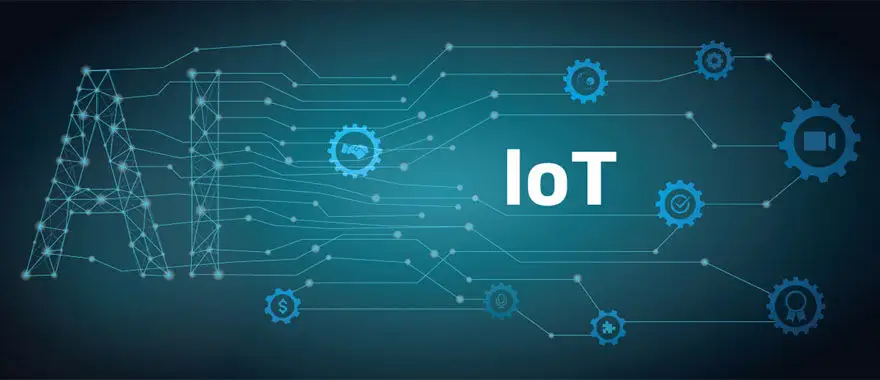
The industrial Internet of Everything is a concept of the Internet of Things that is constantly developing, broader and more comprehensive. In the early days, it was only the networking between devices. With the development of technology, more subjects participated, including the “network connection of people, processes, data and things” in the system, not just the Internet of things, which only refers to physical objects or devices on a more centralized platform.
Artificial intelligence (AI): artificial intelligence is the process of computer simulating human intelligence, comprehensively using multi-dimensional data to build a data model, so as to make accurate control and prediction. Enterprises are increasingly deploying artificial intelligence to analyze iiot data to track equipment usage, improve workflow, simplify logistics, improve security and achieve higher overall efficiency in all aspects of operation
Data enhancement and virtual reality: the emergence of cloud computing has greatly enhanced the efficiency and ability of enterprises to work in the cloud. The distance between cloud computing and Internet of things devices will lead to propagation and transmission delay. A large amount of computing load on a single ECS will also cause processing and queuing delays. In contrast, fog dispersion computing pushes data and intelligence to an analysis platform located (or close) to the data source. Edge computing is one of them. Fog pushes intelligence to the edge of the network to achieve real-time device control, security and management. This is a transition from centralization to centralization.
Big data analysis: As the amount of data generated by equipment continues to grow exponentially, big data storage and analysis are helping to understand it and provide valuable insights. Recent big data analysis innovations and new machine learning algorithms make real-time analysis solutions possible to compare historical trends with forward-looking forecasts, so that front-line managers can more accurately predict future performance.
Digital twin: applied to the industrial Internet of things, digital twin refers to the mapping of real devices or factories in virtual space. By acting as a virtual helper of physical systems, digital twin allows users to access the structure, context and behavior of machines and processes, thus providing a window for understanding past, present and potential future states and conditions. Interconnection of everything in industry:
Equipment network security: the increase of wireless connections in industrial facilities has expanded the attack scope of network threats. In addition, industrial Internet of things components and devices such as industrial routers and industrial Ethernet switches are usually not protected by network security like other network tools, so they are vulnerable to attacks. The losses borne by enterprises will be unpredictable, so the security of data will be more and more important.


